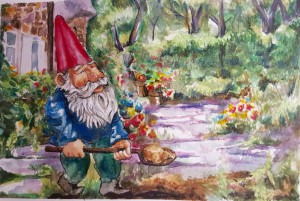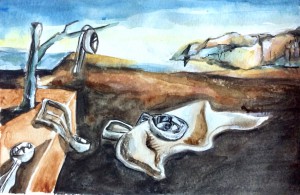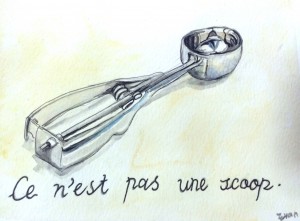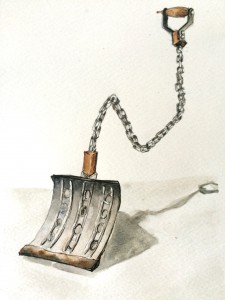
A thermal power station functions as a treatment facility that transforms waste into energy. Mainly electric power to thermal, lighting, ventilating power. All of these work on super efficient energy in a post-apocalyptic world like ours.
Fossil fuel depletion: Oil is a thing of a past in today’s context. Big Russia was known to be the God of Oil, but today we’re only known for soil and filth. Coal eventually became the only fossil fuel.
· Atmospheric carbon dioxide: Today, atmospheric carbon dioxide measures about 378 parts per million, compared with about 300 parts per million 450,000 years ago. Yet by 2100, carbon dioxide content could be as high as 700 parts per million. Most of this projected increase would be attributable to continuing use of fossil fuels for buildings, construction, transportation and manufacturing.
· Climate change: Carbon dioxide is called a greenhouse gas because it traps solar heat within the atmosphere. Having the effect of a greenhouse’s glass roof, carbon dioxide prevents this heat from radiating back out into space. Trapped atmospheric heat is absorbed by the earth’s surface, slowly raising the temperature of water, land and vegetation.
Quantitative estimates vary, but scientists generally agree that global warming is a reality, asserting that even a one-degree Celsius increase in average global temperature would make the earth warmer than it has been in the past million years. More alarming, a rise of two to three degrees Celsius is conceivable, and perhaps unavoidable, by the end of the 21st century.
· Consequences of climate change: Mazria described the likely catastrophic effects of progressive global warming if temperature forecasts prove accurate. Melting polar ice would raise sea levels, inundating tens of thousands of miles of coastland and displacing tens of millions of people around the globe. Much of Florida, the Gulf Coast and Maryland’s Eastern Shore would disappear.
Hurricanes and storms would be more frequent, more severe and longer-lasting. Water for farming, industry and cities would diminish, as lakes and rivers become warmer and more evaporation occurs.
Agricultural productivity would decrease, forest fires would increase and both wildlife and vegetation would vanish or relocate.
As humans, animals and plants migrate in response to rapidly changing conditions, disease will move with them. Thus, public health could be as worrisome as flooding.
THE WHITE LOTUS, LADAKH.







